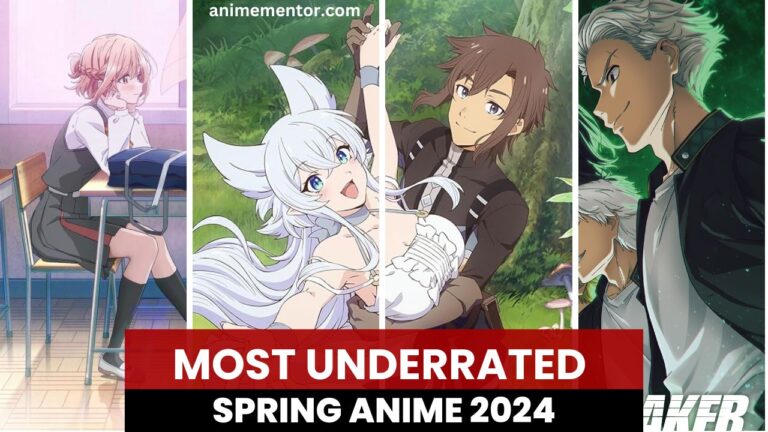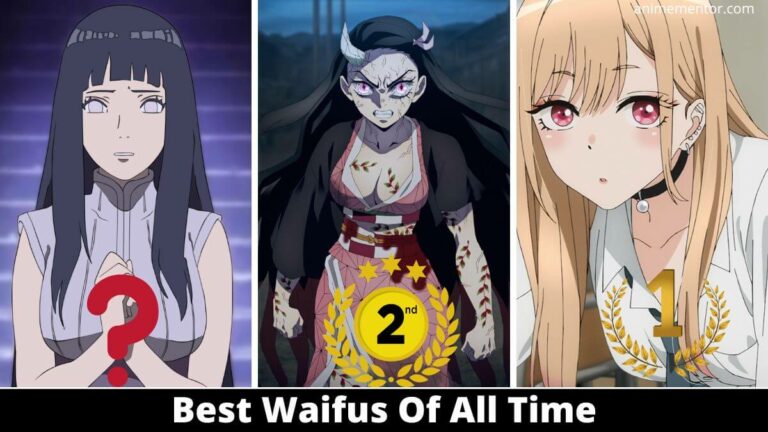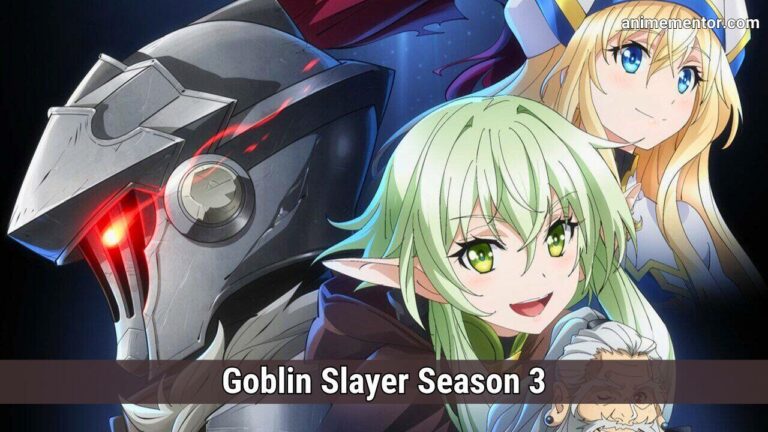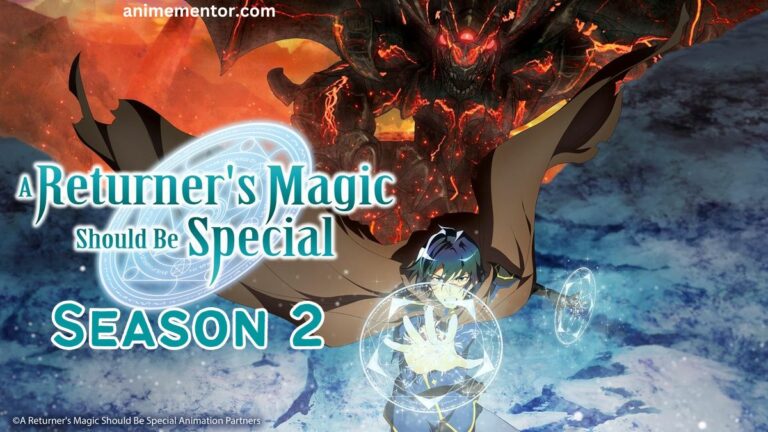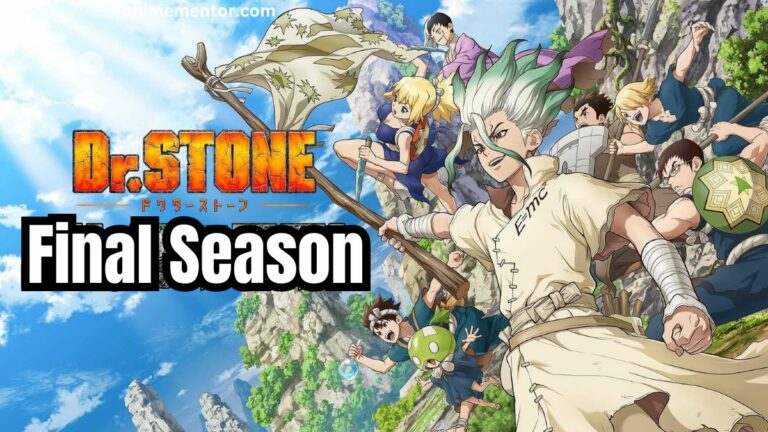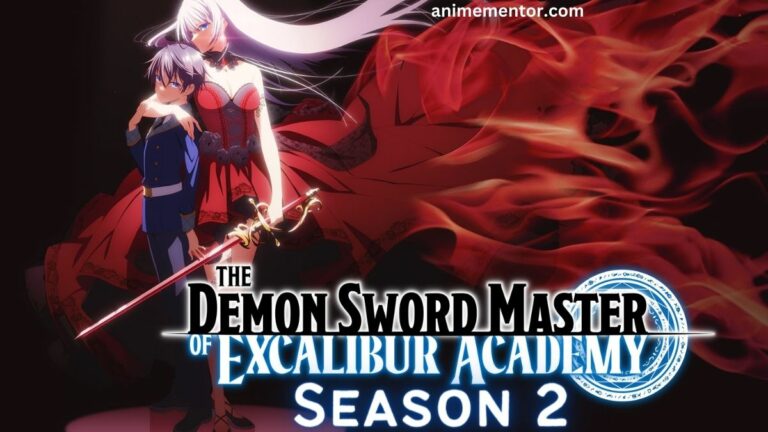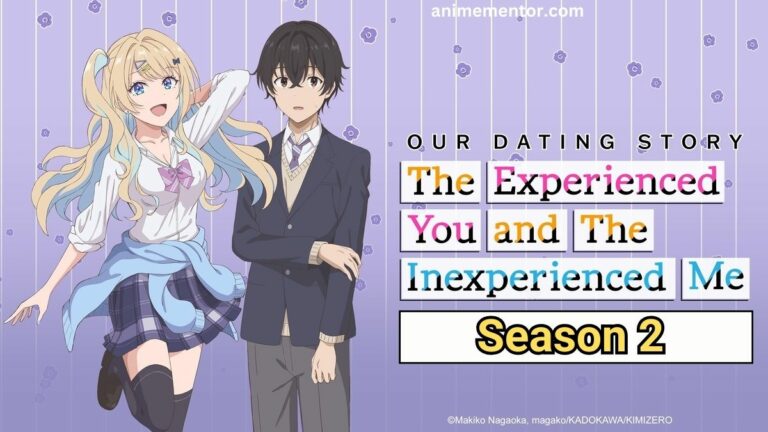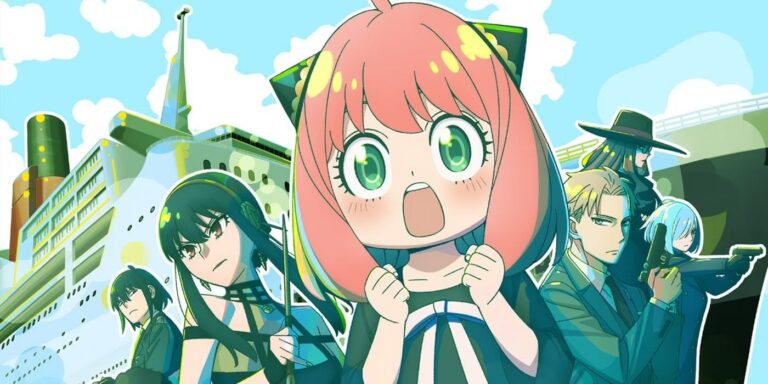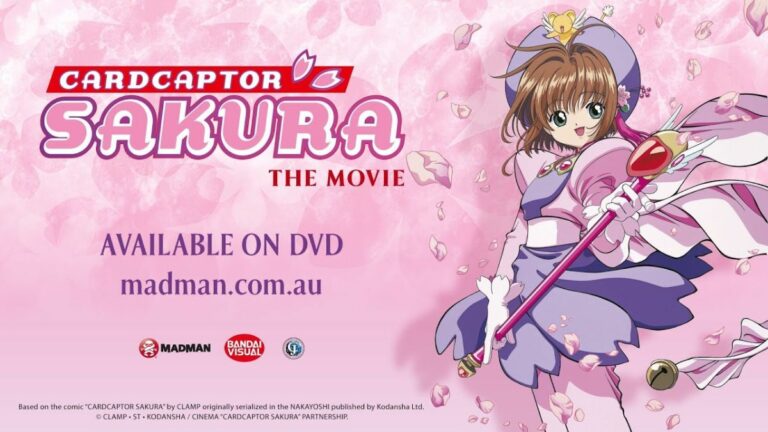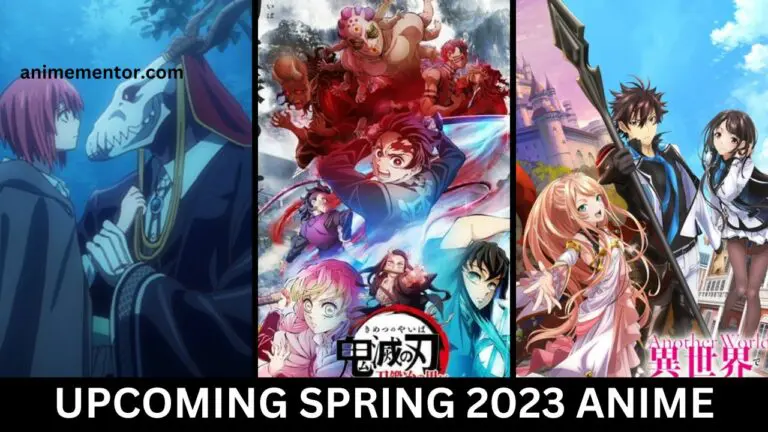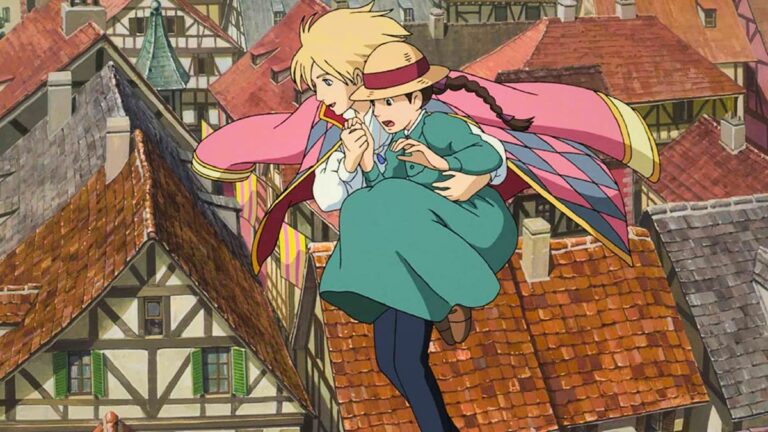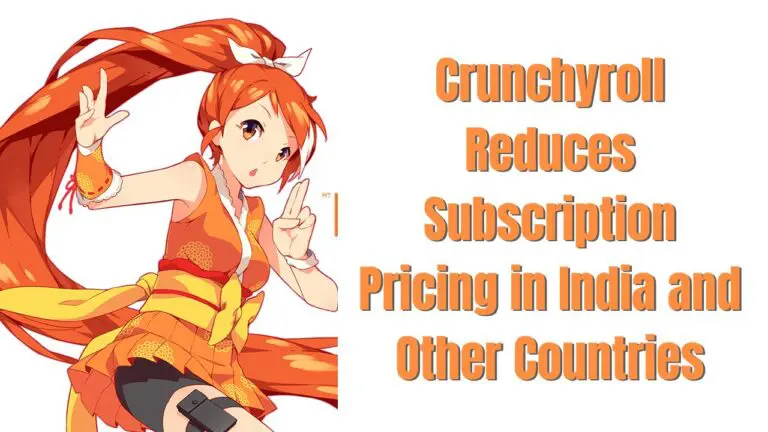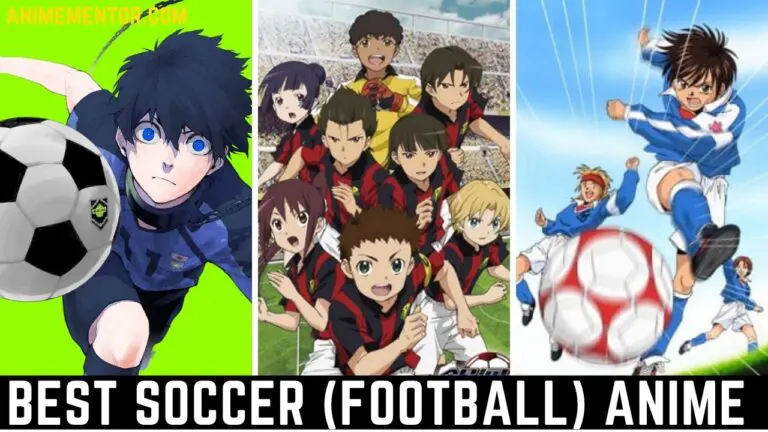The distinct style of Japanese animation in anime has captured millions of hearts worldwide. The visually dynamic form of entertainment is now a multi-billion dollar industry, with its influence extending into global pop culture.
Many well-established animation empires in Hollywood have experimented with the same animation style as anime. This begs the question – with all the money and talent here in the US, could we make authentic anime? Or is anime always gonna be a Japanese thing?
While America has the resources, replicating anime’s success requires more than money and talent. Anime emerged organically in Japan, shaped by its post-war rebirth and evolving into a national symbol intertwined with Japanese identity. Capturing that authenticity in a different culture poses challenges.
So, as an anime otaku, in this article, I decided to try to analyze and answer the question – Can Anime Be Made in America? once and for all and how I feel about it. So if you are interested, grab a cup of your favorite drink, and let’s get started!
What cultural traditions shaped anime in Japan?
Before going to Anime outside Japan let’s first take a look at how anime became a part of the Japanese culture.
Anime first emerged in Japan in the early 1900s when animators began experimenting with short animated films. Inspired by traditional art forms like manga comics and ukiyo-e woodblock prints, these animators developed a distinctive aesthetic style for anime.
In the following decades, anime grew steadily, though it was still a niche part of the Japanese entertainment world. After World War II ended, Japan found itself recovering from defeat and focused on rebuilding the country.
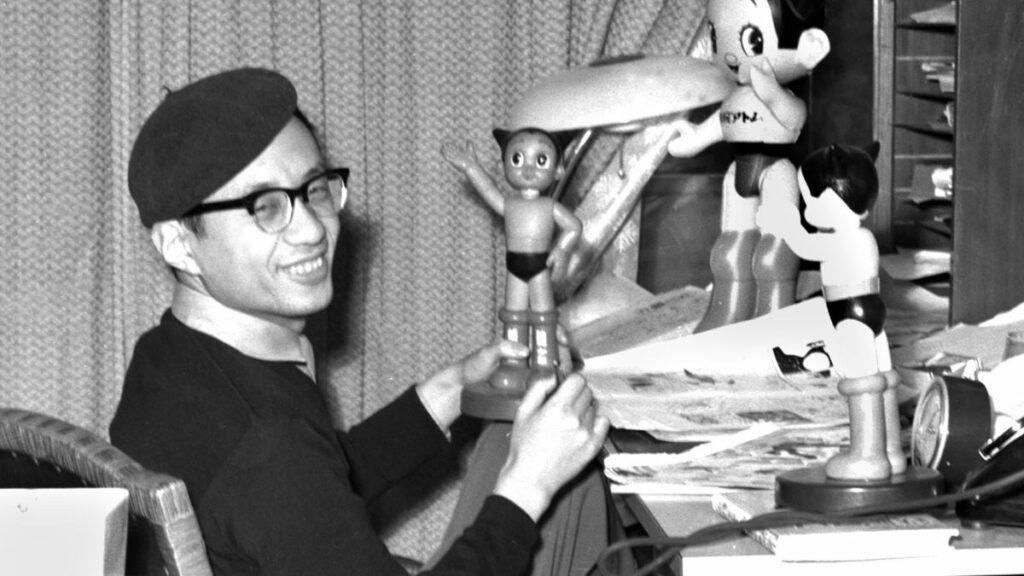
During this period, anime creators like Osamu Tezuka got inspiration from Disney films and homegrown manga comics. They innovated anime production techniques and expanded storytelling possibilities.
By the 1960s and 70s, anime was gaining mainstream popularity in Japan as both movies and TV series. With exciting sci-fi plots, anime provided an escape and a vision of Japan’s technological future. As the anime industry grew, production values and viewer expectations rose.
In tandem with the manga industry, anime flourished in Japan in the 1980s and 90s. Classics from Akira to Sailor Moon enthralled Japanese youth. At this point, anime had developed a devoted domestic fanbase and become a major cultural touchstone.
Anime also began making an impact globally by the 1990s as exports introduced the medium to new audiences. But it retained its close ties to Japan’s national identity, creative community, and pop culture landscape.

Leading into the 21st century, anime had become both a domestic cultural phenomenon and a source of Japanese soft power abroad.
Today, anime remains deeply intertwined with Japan’s artistic traditions and contemporary image. Modern anime may use digital techniques, but it channels decades of homegrown innovation.
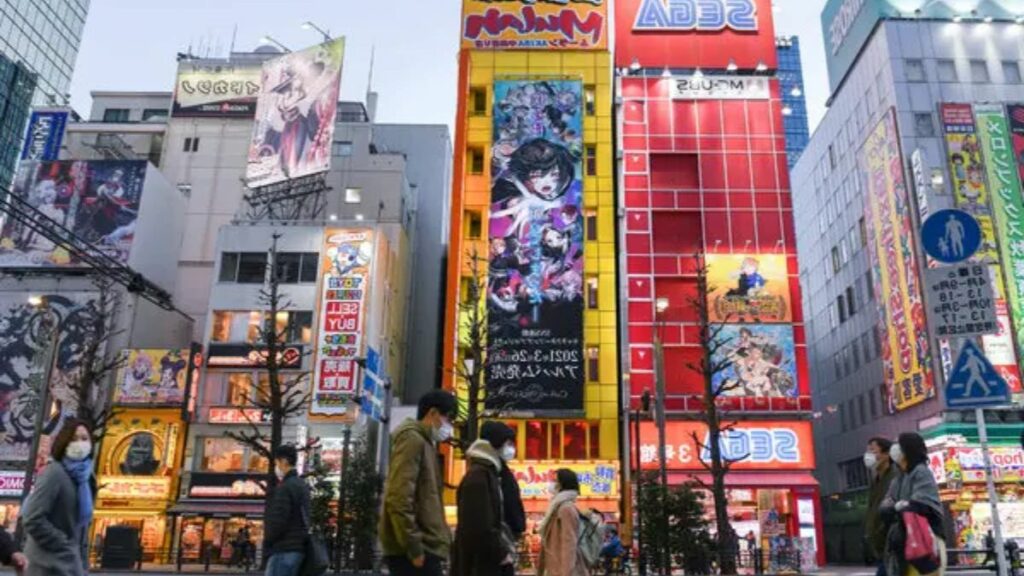
For many from and outside Japan, anime now represents a culturally authentic artistic medium expressing the spirit of Japan.
Can Anime Be Made in America?
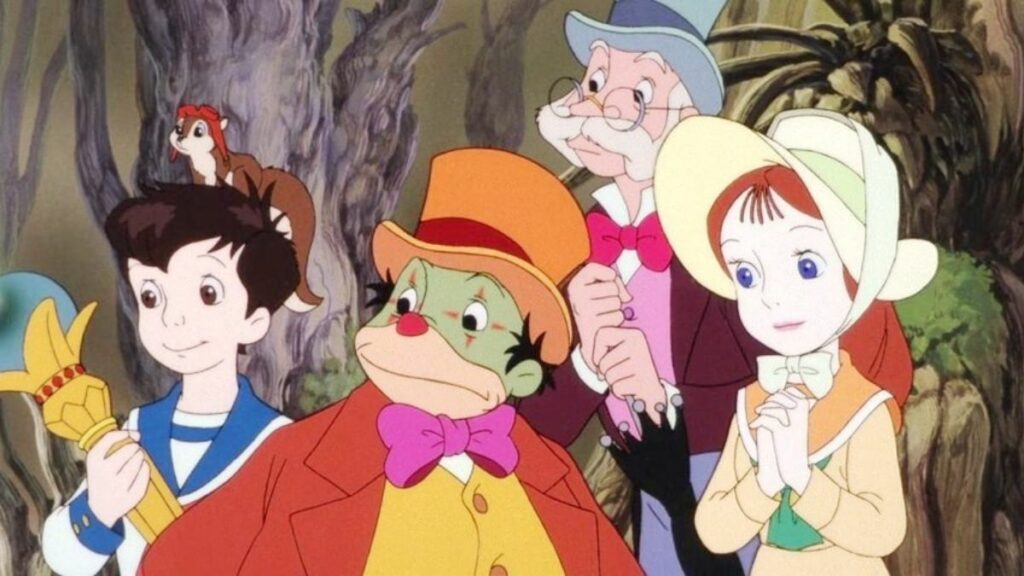
With its huge entertainment industry which has grown in size over the years, if any country were to replicate anime, it would be The United States of America.
There have already been attempts as shows such as Avatar: The Last Airbender and Castlevania have drawn a lot of inspiration from anime to the point that many consider these to be American anime themselves.
With the clear originality in their styles and artistic visions, many other series throughout the world are also stepping out of the stereotype of being a typical animated series and being considered an anime.
Why It’s Hard to Make Anime in America?
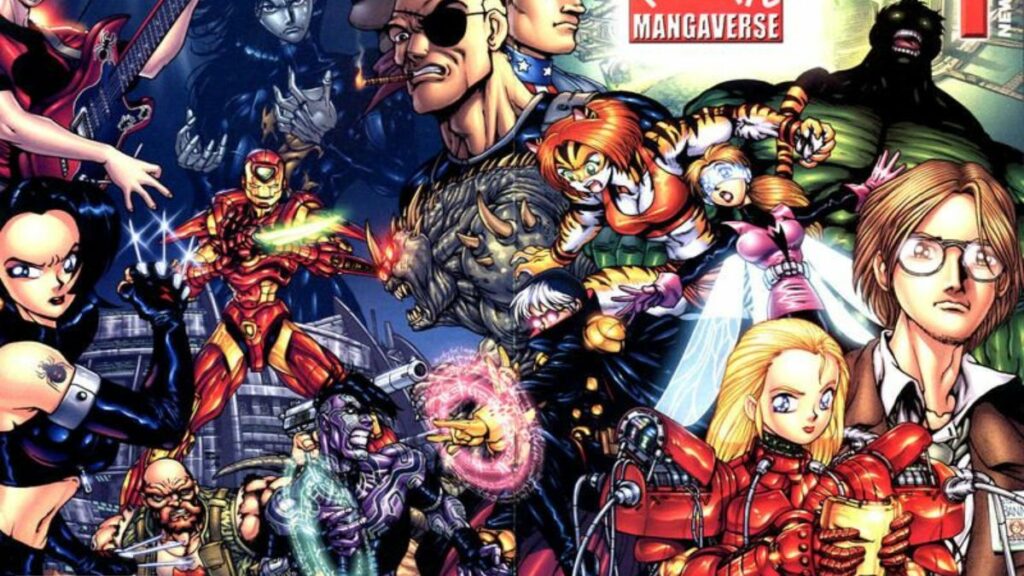
Some American cartoons try to copy anime with varying degrees of success but as they say, the devil is in the details.
Making anime outside Japan is hard. Anime comes from Japanese culture. So people from other countries don’t always know all the cultural details that Japanese anime creators know. It’s difficult to get all the cultural parts right.
Japan has a big anime industry already. Japanese studios, companies, and talent help make anime. In the U.S., there are no networks like this just for anime. It needs to be built from scratch.
Another issue is fans. Anime matured with manga comics and otaku culture in Japan. So anime from Japan matches what Japanese fans expect. American fans may want something a little different.

Many Japanese animators train for years on anime’s art style and methods. But American animators often focus more on 3D and computer animation. In other words, they have different skill sets.
With so many decades of experience, the anime production process has been streamlined in Japan. Teams work hard to finish new episodes every week. Adapting this model in the U.S. is tough because of different work rules.
So, Anime can Only Be Made in Japan?
Anime is mostly characterized by its unique art style, animation, and voice acting which is unlike any other piece of animated media out there.
The word anime means animation and does not strictly adhere to only Japan. However, with its rise in fame being only attributed to Japan and its culture, public perception is almost completely bent towards the side that believes that all anime is from Japan.
Influence of Japanese Culture in Anime:
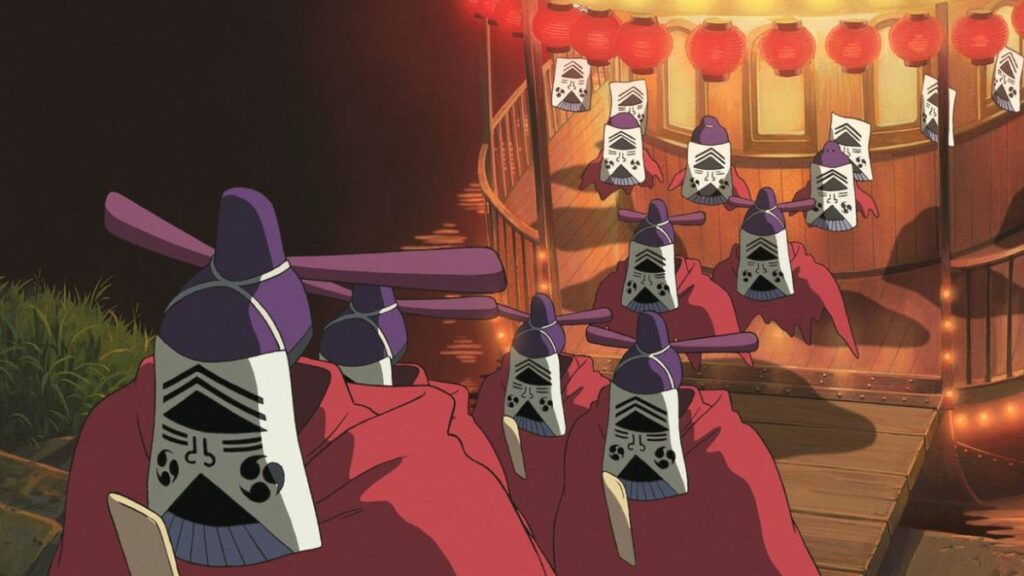
Here are some of the major ways Japanese culture has influenced anime-
- Visual aesthetics – Anime drawing styles reflect influences from Japanese art forms like woodblock prints, and calligraphy. Signature elements include exaggerated features, minimalist backgrounds, and dynamic motion.
- Storytelling – Anime narratives often reference or adapt mythology, literature, theater, and history from Japan. Cultural context shapes common anime themes like nature, spirituality, and technology’s role in society.
- Characters – Anime protagonists, villains, and character relationships draw heavily from Japanese literary traditions and contemporary society. Common archetypes include the noble hero, mischievous trickster, and cute mascot.
- Settings – Anime series are overwhelmingly set in Japanese locations real or imagined, from Tokyo cityscapes to pastoral countryside. This immersive Japanese context grounds stories.
- Voice acting – Distinct vocal aesthetics in anime can be traced to performance techniques from Japanese drama and Kabuki theater. Emotive delivery and poetic monologues are staples.
- Music – Anime soundtracks span traditional Japanese instruments and compositions to modern J-pop. Theme songs are integral, in setting moods.
- Content norms – Anime avoids certain sensitive topics taboo in Japanese media like extreme violence. But some content more accepted in Japan than elsewhere, like the sexualization of younger characters(loli), permeates anime.
So What Should They Do?
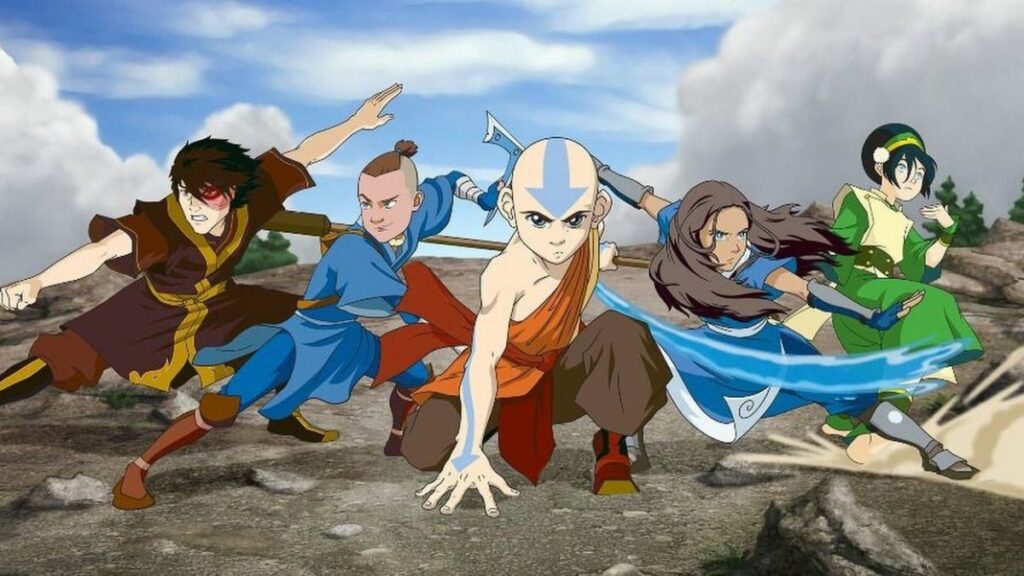
Instead of copying anime, American studios can make cartoons inspired by anime. They can use ideas from anime but give them an American style. This can create new and exciting cartoons. They may not be true anime but it will allow American artists to experiment with anime ideas.
For instance, Avatar: The Last Airbender adopts an anime-inspired aesthetic in its art, characterization, and storytelling. Its success opened the door for its sequel The Legend of Korra to continue this fusion of anime and Western animation.

Similarly, RWBY uses anime-style visuals and narrative elements to craft its unique story world. The Dragon Prince also leverages the creative talents behind Avatar to incorporate anime-like components into a novel animated vision.
On the other hand, Castlevania transposes anime’s dark fantasy themes and mature approach into an animated adaptation. Voltron: Legendary Defender reboots the classic series by blending mecha anime inspirations with modern sensibilities.
Even shows like – Carmen Sandiego and Kipo and the Age of Wonderbeasts that are not anime draw heavily on their animation techniques and conventions to create their unique blend.
And that’s not all. There are several instances where studios and artists from all around the world have collaborated with Japanese creators to produce anime and hence the belief that anime is restricted to Japan is slowly fading.
Conclusion
Throughout the years, many fans have formed the belief that anime can only be made in Japan.
While the history of anime is strongly rooted in the Japanese culture and people, with globalization, it is only a matter of time before these barriers are brought down and anime will be something produced on a global level.
But if you ask me an avid otaku, I will still like to believe no one can truly reproduce Japanese Animation. What do you think will you consider animated shows made outside Japan anime?
Want to read something interesting? Then check out this article where we tackled the question – Are Anime Characters Based on Cats?


